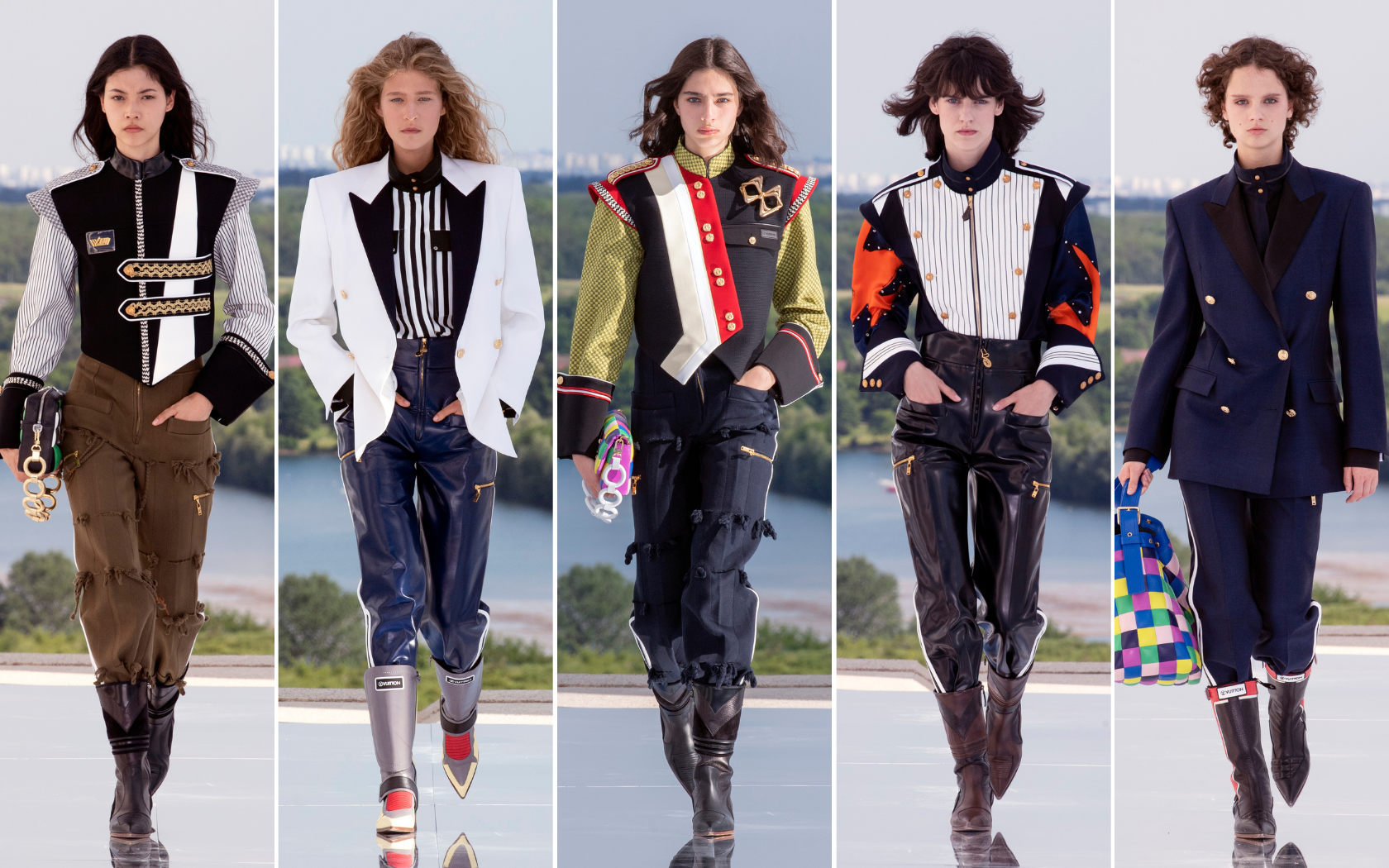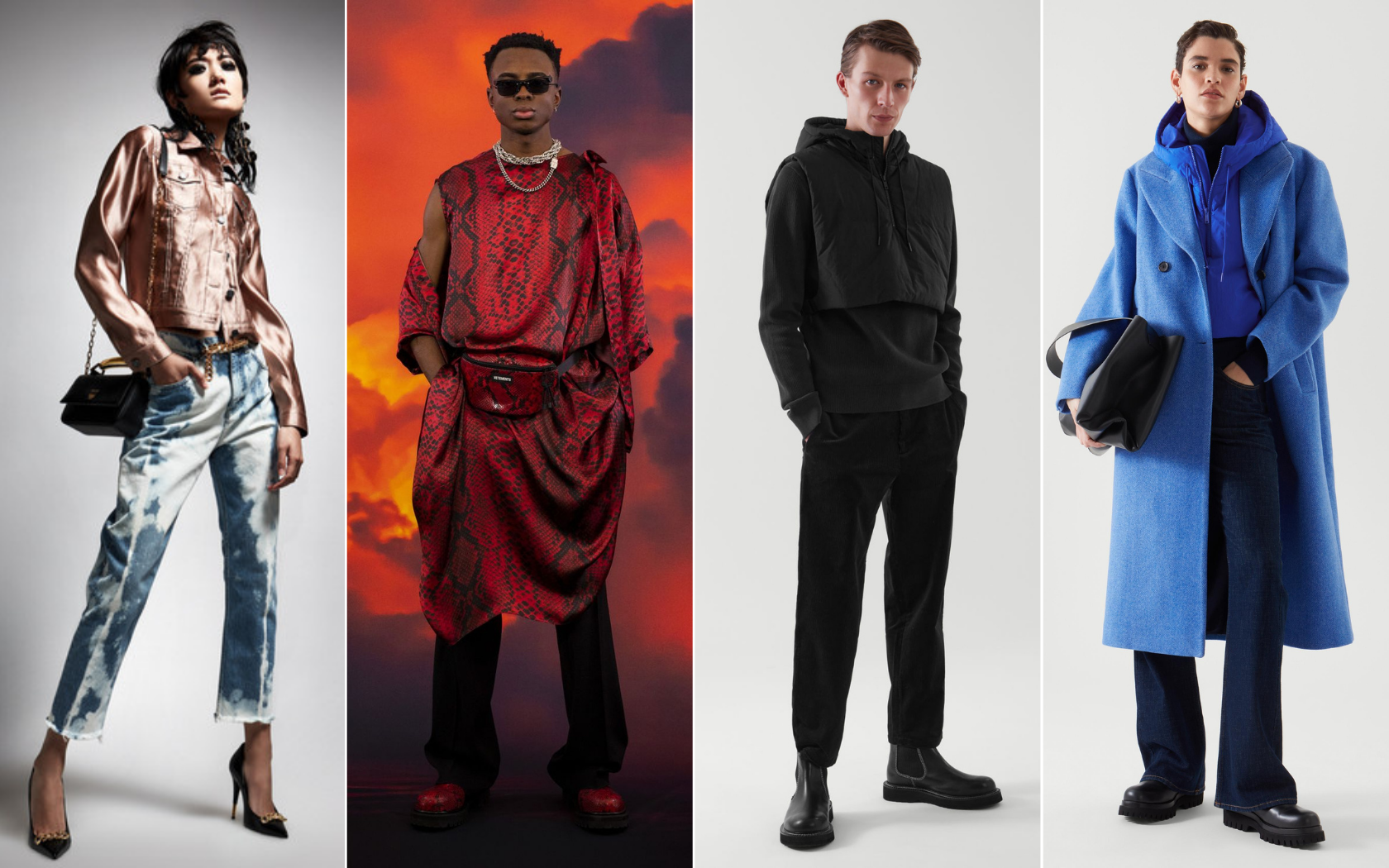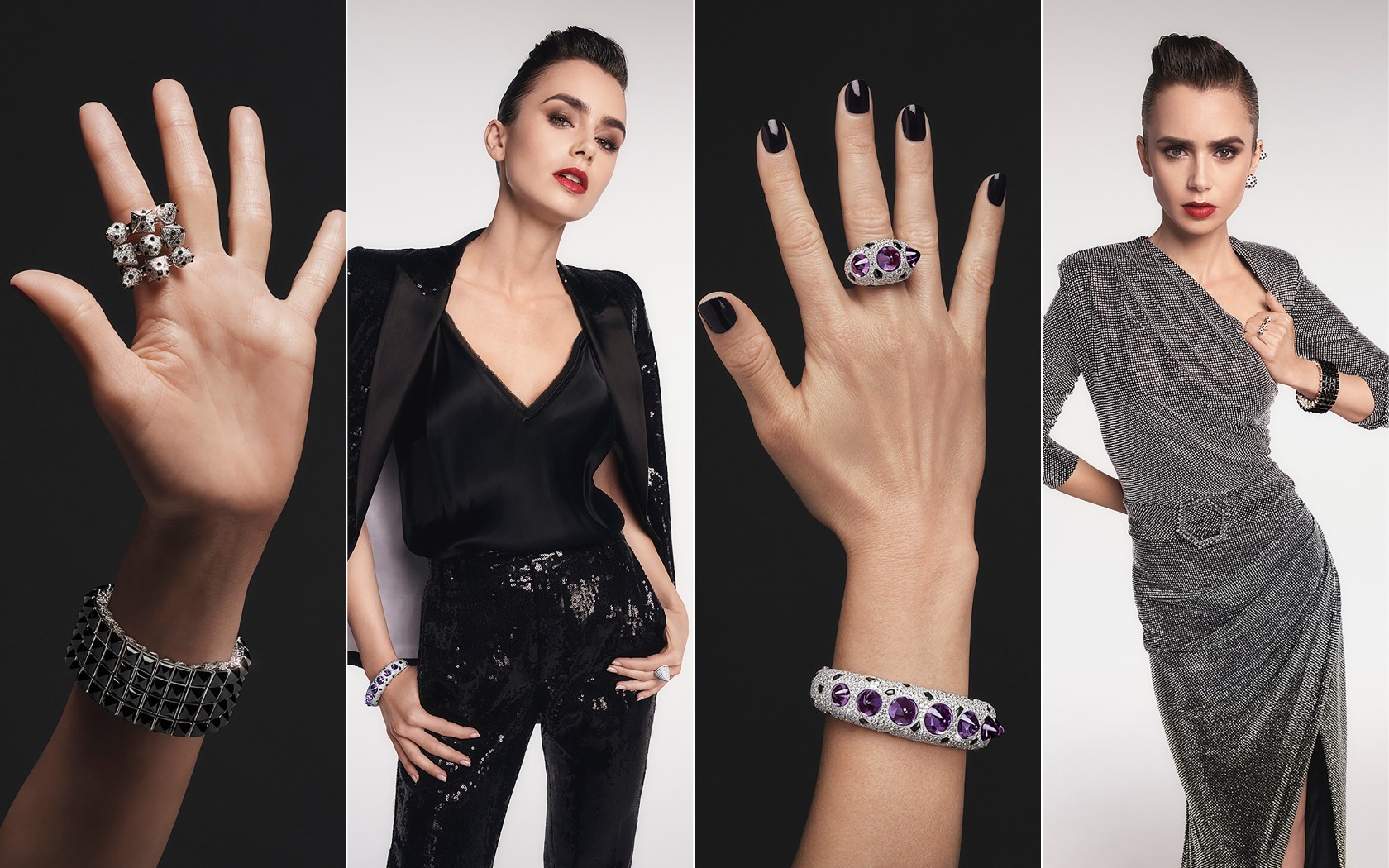A single collection for men and women, interchangeable and desexualized, is the rising proposal of designers who pursue a fashion that falls on the body without gender labels.
Since Saint Laurent put the tuxedo on a woman to Alessandro Michele’s declaration of principles with, “Chime for Change’ more than fifty years and a change of mentality have passed. The genderless revolution is neither transgression nor trend, but a way of understanding fashion as a great ally of personal freedom.
Fifteen years ago, publicists Marian Salzman, Ira Matathia and Ann O’Reilly wrote “The Future of men”, in which they threw stones at a term they themselves had coined, which they considered amortized. It was about “metrosexual“, or what amounts to the same thing: a waxed boy who, in the late nineties, surprises the world with his enormous knowledge of exfoliating creams. A stereotype with feminine sensibility, or soft masculinity -so it was said-, who pretendsito represent the new man. Although the same authors recognized that “in the end, men will have to define themselves by their talent, their passion, their wisdom and their professional success”. To which we would add: the same as women if we had already achieved real equality and the world was ruled by four hands.
The male renunciation of fashion was well analyzed by John Carl Flügel in his “Psychology of Dress”, as well as the masquerade that it entailed. They remained for half a century expelled from the realm of mirrors. Coquetrycould only meddle with the type of tie and the model of watch. Any variation seemed risky, and the market, compartmentalized into niches, was increasinglysegmentingthe masculine from the feminine, not only in clothing but also in nanotechnology or automobiles. That unisexfrom the earlyonly ; señn mattered and was madeíproselytizing the género.
The sociologist Gilles Lipovetsky stated at the beginning of this century:
“The freedom to govern oneself is always constructed on the basis of norms and sexual roles that remain differentiated. The persistence of the feminine is neither a crushing of women nor an obstacle to their will to autonomy, but an enrichment in itself.”
Twenty years later, this idea has been fulminated, and sexual fluidity has been installed in the collections of many creators who address a generationón, the Z, which already has purchasing power, which tends to buy digitally and has washed complexes when it comes to dressing. At New York fashion week, Anne Demeulemeester, faithful to rationalism and her Bauhaus inspiration – her atelier occupied a building created by Le Corbusier-, announcedó her first collectionón genderless,loose-fitting black and white suits, with laces that wrap around the waist or fall to the side of the body;

Ann Demeulemeester’s fall 2021 collection gives a unisex twist to conventional tailoring where volume is the protagonist.
a charro air passed through the sartorial laboratory that purifies any ornament to make it essential. Theyworedifferent versions on their bodies. Let’s close the gap and celebrate the differences without prejudice, seemed to say the parade of the brand created by the legendary designer.
Nicolas Ghesquière represented ‘gender fluid’ looks in the new Louis Vuitton cruise collection of which he expressed:
“We’re going beyond the basic idea that a woman gains power by appropriating the male wardrobe. What space is there for a category of clothing between feminine and masculine? It’s a growing space and its contours are increasingly permeable. We are defining a type of clothing that lives in a non-binary zone. It’s fascinating to consider. What is a non-binary garment? Inevitably, the role of the designer is to offer a point of view.”

Gerder fluid looks from the new Louis Vuitton cruise collection currently in stores.
Also joining the unique collections for both sexes were Helmut Lang and Comme des Garçons, attached for years to a fashion felt as experience, and desexualized. After the pandemic, the so-called ‘gender-neutral’ and its public, who do not want to perpetuate stereotyping through clothing, have become even more entrenched.

Photos left white background: Helmut Lang, photos right grey background: Comme des Garçons
to two–such as Burberry in London, Tom Ford in New York,or Vêtements in París-. This is also a statement of principle, of course. As for the mass market, companies such as Cos are betting on similar garments for both sexes, emphasizing comfort and fabric quality.

Left to right Tom Ford, Vetements, Cos.
The ‘agender’ fashion goes far beyond androgyny or tomboy, which, in English, meant ‘tomboy’. In fact, Chanel was inspiredó by the male closet to comfortably dress women, who left behindás crinolines and the noñería jolie dame. Marlene Dietrich wore a tuxedo in 1930 in “Morocco,” directed by Josef von Sternberg. And photographer Marianne Breslauer said of her friend and model Annemarie Schwarzenbach that she was “neither man nor woman, but an angel, an archangel.” Rizzoli edited an anthology of those exquisite tomboys who went in the opposite direction to the barbies and fashion victims, from aviator Amelia Earhart to Charlotte Rampling, passing through Lee Miller, Ali MacGraw or Patty Smith, embodying that style of woman dressed in a man’s shirt.
From Saint Laurent’s women’s smoking, created in 1966 and becoming a must forever, to the revolutionón initiated by Alessandro Michele in 2016,“Chime for Change‘ a campaign for equality -or gender self-determination- in which he counted as ambassadors Beyoncé and Salma Hayek, more than half a century has passed. And the main difference is that what the mythical French couturier considered a transgression of elegance, for Michele means breaking the gender binary and interchangeable fashion.
And the fact is that Michele has collected in her fashion the social discourse of the new generations, and has collaborated with contemporary artistsáneos experimenting new languages. It has also counted, in its campaigns, with philosophers such as Paul Preciado, one of the most recognized voices in the analysis of sexual performativity from the queer theory.
For his part, Jonathan Anderson, dicreative director of Loewe, has sought from his own brand a diálogo at the intersectionón of both gneros, with kimonos and lace for men T-shirts. He has preferred the unisex label over gender-neutral, so that his garments put the artistic, artisanal and sustainable proposal before sexualization.

Creative director Jonathan Anderson pays tribute to artist
Joe Brainard through jacquard prints and
collages.
In jewelry the phenomenon has not been slow to land, which in fact is a return to the ornamentation that stopped wearing the aristocracy from the twentieth century. Beyond chains and biker-style rings, which until now was the only truly accepted thing for men, the most cutting-edge firms are promoting a new goldsmith extravagance. Clash de Cartier , whose ambassador is Lily Collins, starts from the unisex concept with a black and white collection, with amethyst pinzels.

Clash (Un)limited’ collection by Cartier with Lili Colins as ambassador of this collection.
They are pieces that drink from the punk aesthetic and seek the clash of opposites, rigorous geometries, and oversized volumes. For its part, Gucci has launched a new jewelry collection, called “Link to Love”, which delves into gender-neutral silhouettes to create an inclusive selection.
Alejandro Gómez Palomo, a twenty-something from Córdoba who graduated from the London College of Fashion, burst onto the national fashion scene five years ago with his languid creatures, fallen angels. He was immediately blessed by Almodóvar, with whom he has much in common: a mentor mother, Manoli; his rural origins; and a clan of friends and fans that gravitate around him. Palomo wears his grandmother’s jewelry, puts on blusher and rímel, is devoted to processions–einstagrammea ví and Beyonc or Miley Cyrus have worn his outfits.

Palomo Spain Fall 2021 ‘Córdoba’ Collection
There is a baroque and kitch maximalism in their fashion that connects with the so-called crystal generation and their aesthetic aspirations. Air of Cirque du Soleil, Galliano, Mugler, the estétics of Cindy Sherman combined with tribal, disco and sports, that is the freedom of trends that embraces the new modernity. The noise of the street inspires garments made in Spanish workshops with very self-determined messages: bodies that want to get out of the body because, despite everything, they have high hopes.
The creator states that:
“we have to normalize that men who dress in skirts. In the music world there are CIS or ‘straight’ men who dress flamboyantly.”
He would like the word trans to disappear soon:
“I think we should forget about this concept, because it stigmatizes”.
Their collections are based on exquisite patterns and fabrics. And they unite feminine and masculine elements to build a style whose identity lies precisely in the freedom of the box. Should men and women be much more interchangeable, but the reality is that the female presence in technological careers is falling, while care continues to chronicle its feminine gender?
The fact that fashion is the spearhead to break stereotypes enhances the creative freedom of those who design and those who dress. But society must accelerate its engines to make it real. Because modernity brought a promise of self-determination, of personal emancipation, but ended up homologating a uniform that today had become too narrow. The transformative capacity of fashion pushes to free men and women from a caged identity.



